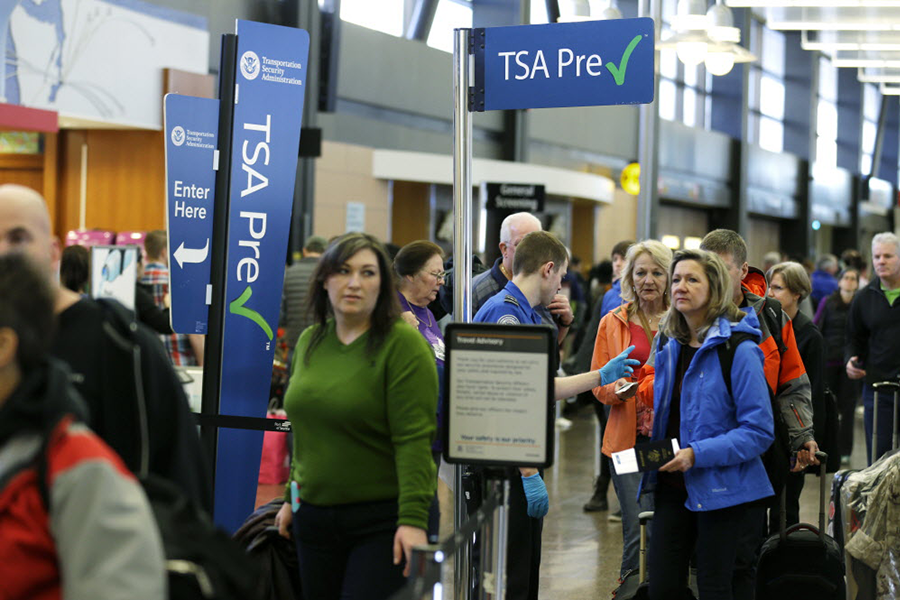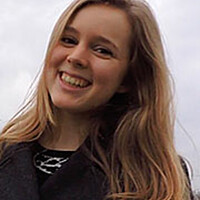How CT scanners could reduce airport security lines by a third
Loading...
The Transportation Security Administration and American Airlines announced Tuesday that select airports will be testing out new screening technology that should reduce wait lines by approximately 30 percent.
The summer has seen massive security lines so far, and the TSA – now under new leadership – is scrambling to speed up the security process without compromising its effectiveness. Airlines say tens of thousands of passengers have missed flights due to wait times stretching beyond two hours at peak periods. Furthermore, security experts warn that the long lines create targets for terrorists that are outside security checkpoints, as the Associated Press reported.
In a pilot program kicking off this year, Phoenix will be the first airport to employ computed tomography (CT) technology to screen carry-on luggage. In a process currently used to screen checked bags, computers analyze 3D images generated by scanners, and security workers step in to check bags the computers flag as suspicious.
3D CT technology should eliminate the need for passengers to remove liquids, gels, aerosols, and laptops from their carryons, and will be introduced in other airports if the pilot program in Phoenix is successful.
The TSA-American Airlines joint-initiative will also roll out automated screening lanes, currently in a TSA pilot program with Delta in Atlanta, in four airports in the fall: Chicago (O’Hare), Dallas/Fort Worth, Los Angeles and Miami. The time it takes to go through security is expected to be reduced by almost a third as suspicious bags will be redirected to a separate area, allowing other bags to continue travelling through the system uninterrupted. Bins will also be larger, equipped with radio-frequency-identification tags for better tracking, and will be sent automatically back to the head of the line.
TSA dispatched bomb-sniffing dog teams to Chicago's O'Hare International Airport to help clear passengers for a precheck security program for low-risk travelers in May – a measure that Sen. Charles Schumer (D) has been advocating for New York airports as well. New York officials have threatened to switch from TSA agents to private contractors for security screening, following behind 22 other airports that have made the change.
Long airport lines have been blamed at least in part on the fact that Congress trimmed the number of TSA screeners, after overestimating the number of people who would enroll in TSA's PreCheck system, which screens low-risk travelers in a separate, expedited process.
Congress set a target enrollment of 25 million travelers in PreCheck by 2019. Just over three years into the program, only 2.8 million have enrolled, however. Experts predict if TSA PreCheck reaches desired enrollment, wait times could be reduced by at least three times for both participants and nonparticipants, as Lucy Schouten previously reported for The Christian Science Monitor. Long lines this summer could encourage more people to pay the $85 fee and submit to the background check required to participate in the PreCheck program.








